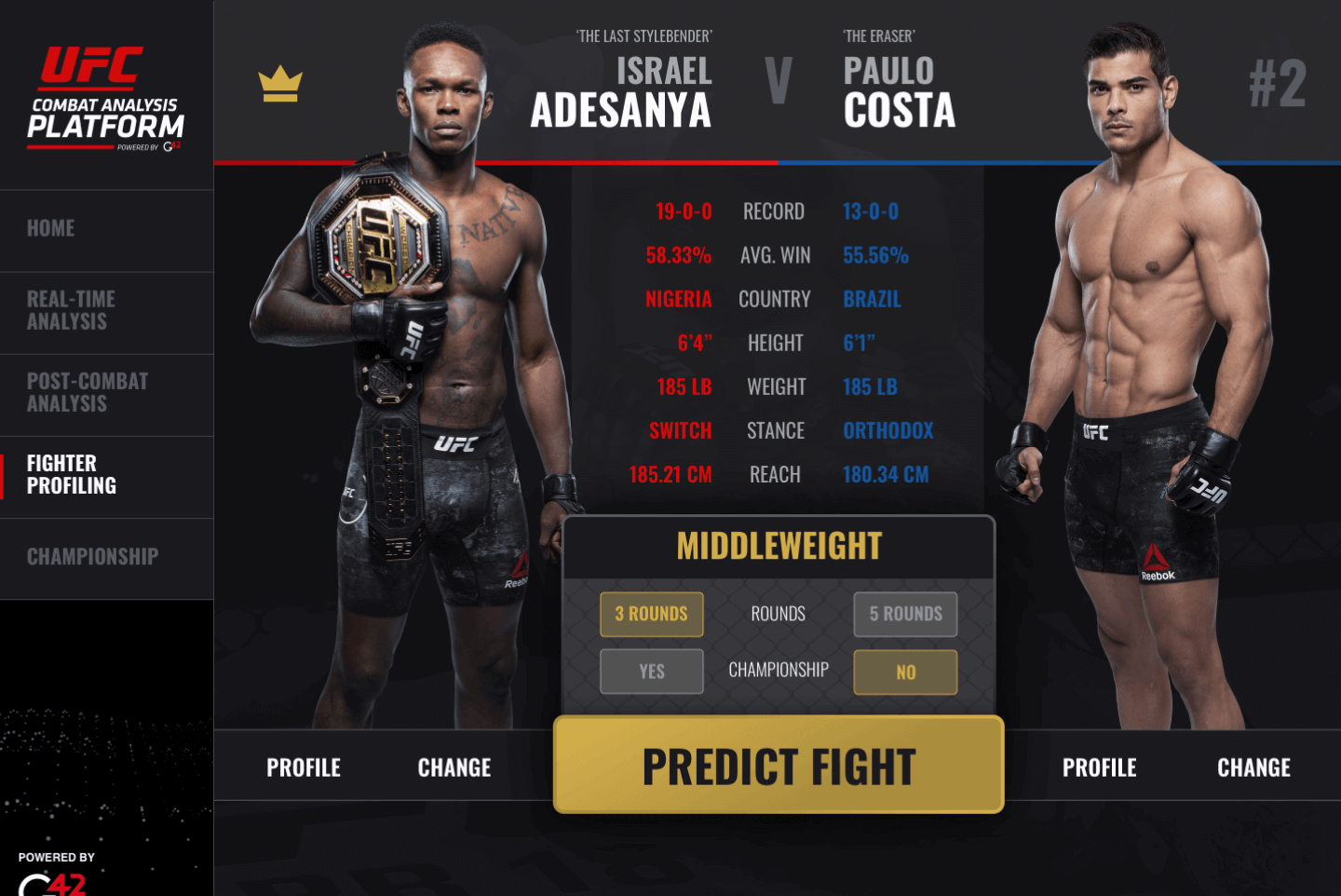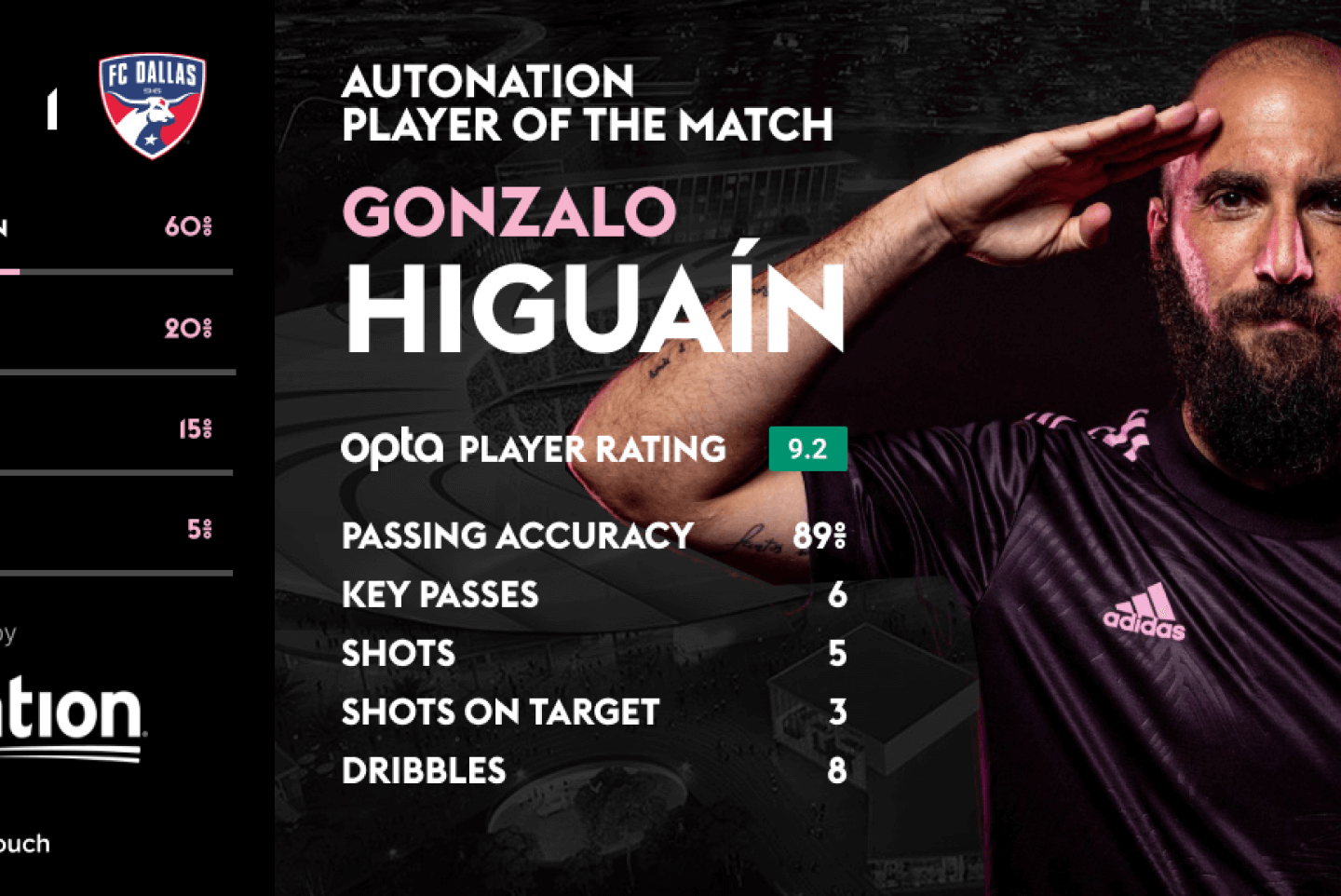Data visualisation has become a crucial tool for UX professionals to communicate complex information and insights to users. The ability to simplify and clarify large sets of information, can make it easier for users to understand and retain the information presented. However, it’s not enough to simply present data; it must also be presented in a way that tells a compelling story.
The art of storytelling through data visualisation involves more than just presenting data; it requires a deep understanding of the audience, careful consideration of the visualisation type, and the ability to create a compelling narrative with the data. The right story can help engage the audience and drive home the message, making the data more memorable and impactful.
In this blog post, we’ll explore the importance of storytelling, the benefits of effective data visualisation, and provide tips and techniques for creating a compelling story with data. This guide will provide valuable insights into the art of storytelling through data visualisation.
Understanding Your Audience
Before creating anything, it’s crucial to understand the audience you’re presenting to. Understanding the audience will allow you to create a an experiences that’s both effective and relevant. Here are three key aspects to consider when understanding your audience:
- Demographic Information: Understanding the demographic information of your audience is important because it will give you insight into what types of data and visualisation are most relevant to them. For example, a younger audience may be more interested in experiences that are interactive and visually appealing, while an older audience may prefer a more traditional, straightforward presentation.
- Goals and Objectives: Understanding the goals and objectives of your audience is crucial because it will give you insight into what type of information they’re looking for. For example, if your audience is looking for specific data to make a decision, you’ll want to present that data in a clear, concise manner. On the other hand, if your audience is looking for a more in-depth analysis, you may want to include more detailed visualisations and analysis.
- Preference for Data Presentation: Knowing how your audience prefers to receive information is crucial because it will impact how you present the data. For example, if your audience prefers to receive information in a visual format, you may want to create a data visualisations. If they prefer to receive information in a more narrative format, you may want to include a written report alongside any visualisations.
By understanding your audience, you can create an experience that’s both effective and relevant. This will help you to engage your audience and drive home your message, making your data more impactful.
Choosing the Right Visualisation Type
Once you’ve understood your audience, the next step is to choose the right visualisation type for your data. The visualisation type you choose can have a significant impact on how your data is perceived and understood by your audience. Here’s what to consider when choosing the right visualisation type:
- Comparison of Common Visualisation Types: There are many different ways in which data can be represented, including bar charts, pie charts, line graphs, scatter plots, heat maps, and more. Each type has its own strengths and weaknesses and is best suited to certain types of data. For example, bar charts are best for comparing data, while line graphs are best for showing trends over time.
- Factors to Consider When Choosing a Visualisation Type: Consider factors such as the type of data you’re working with, the size of the data, and its complexity. For example, if you have large amounts of data, you may want to choose a something that allows you to easily see patterns and trends in the data. If your data is complex, you may want to choose a visualisation type that allows you to present the data in an easily digestible format.
- How to Determine the Most Effective Visualisation Type for Your Data: It’s important to consider the goals and objectives of your audience, the type of data you’re working with, and the preferred presentation style of your audience. For example, if your audience is looking for a quick, high-level overview of the data, you may want to choose a bar chart. If they’re looking for a more in-depth analysis, you may want to choose a line graph or scatter plot.
Creating a Compelling Story with Data
Once you’ve chosen the right visualisation type for your data, the next step is to create a compelling story with your data. A compelling data story will help you engage your audience and drive home your message. Here’s what to consider when creating a compelling data story:
Steps to Create a Compelling Data Story
To create a compelling data story, follow these steps:
- Define the story you want to tell with your data
- Organise your data to support your story
- Choose the right visualisation type for your data
- Use annotations, labels, and legends to help your audience understand your data
- Use colour and other design elements to make your data visually appealing and engaging
Best Practices for Data Storytelling
When creating a data story, keep in mind the following best practices:
- Keep your story simple and focused
- Use clear, concise language
- Use data that supports your story
- Use visualisations that are easy to understand
- Make sure your data is accurate and up-to-date
How to Engage Your Audience with Your Data Story
To engage your audience with your data story, follow these tips:
- Make sure your data visualisation is visually appealing and engaging
- Use interactive elements, such as animations and interactive charts, to keep your audience engaged
- Use storytelling techniques, such as analogies and storytelling arcs, to help your audience connect with your data
- Make sure your data is relevant and valuable to your audience
Enhancing Your Data Visualisation
To take your data visualisation to the next level, there are several considerations to make to enhance the look and feel, make it more interactive, and add context and annotations to increase understanding.
In terms of improving the look and feel, think about the colours you use and make sure they are aesthetically pleasing and appropriate for your data. Utilise font and typography that is legible and consistent with your brand. Additionally, the effective use of whitespace can help your audience focus on the most important parts of your visualisation and avoid clutter by keeping it simple and clean.
Making your data visualisation more interactive can be achieved through the use of interactive charts and graphs, such as drill-down charts, animations and transitions, and interactive tools like filters and selections. This allows your audience to explore your data in greater detail and bring the data to life.
Finally, adding context and annotations to increase understanding is crucial. Utilise annotations and labels to provide additional information and clarification, legends to help your audience understand the meaning of colours, shapes, and other design elements, and contextual information such as time frames and unit labels to help your audience understand the context of your data.
Common Pitfalls to Avoid
It’s important to be mindful of common pitfalls that can detract from the effectiveness of your visualisation and even mislead your audience. Some of the most common pitfalls include:
Overloading Your Audience with Too Much Information
When it comes to data visualisation, less is often more. Overloading your audience with too much information can make it difficult for them to understand your message and even lead to confusion. To avoid this, make sure you focus on the most important aspects of your data and present them in a clear and concise manner.
Using Misleading Visualisations
Another common pitfall is using misleading visualisations. For example, using a bar chart to represent a continuous data set can be misleading, as it implies that the data is discrete when it’s actually continuous. To avoid this, make sure you choose the right visualisation type for your data and use it correctly.
Ignoring Accessibility Considerations
It’s important to consider accessibility when creating data visualisations, as not all of your audience may be able to see or understand your data. To avoid this, make sure you use colour and design elements that are accessible to all, and consider adding alternative text and other accessibility features to help those with disabilities access and understand your data.
Key Takeaways
In conclusion, the art of storytelling through data visualisation is a powerful tool for communicating complex information and ideas. The key takeaways from this article are:
Understanding your audience is the first step in creating effective data visualisations. Demographic information, goals and objectives, and preferences for data presentation should all be considered.
Choosing the right visualisation type is essential to effectively communicate your data. Consider factors such as data type, size, and complexity when making your selection.
Creating a compelling story with data requires a deliberate approach. Best practices for data storytelling, including engaging your audience and adding context and annotations, will help you achieve this goal.
Enhancing your data visualisation can make it more effective, engaging, and memorable. Tips for improving the look and feel, making it more interactive, and adding context and annotations can help you achieve this goal.
Avoiding common pitfalls, such as overloading your audience with too much information, using misleading visualisation, and ignoring accessibility considerations, is critical to success.
Final Thoughts on the Art of Storytelling through Data Visualisation
The art of storytelling through data visualisation requires a combination of technical skill, creativity, and an understanding of your audience. By following the tips and techniques outlined in this article, you can create compelling and effective data visualisation that engage and inform your audience.







